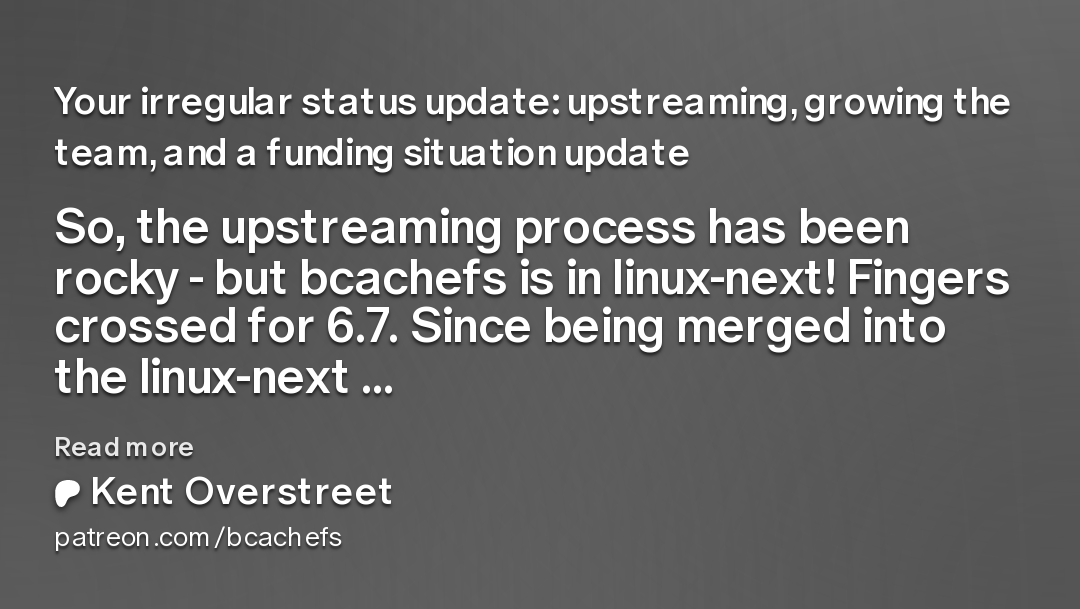

Traditional graphics code works by having the CPU generate a sequence of commands which are packed together and sent to the GPU to run. This extension let’s you write code which runs on the GPU to generate commands, and then execute those same commands on the GPU without involving the CPU at all.
This is a super powerful feature which makes it possible to do things which simply weren’t feasible in the traditional model. Vulkan improved on OpenGL by allowing people to build command buffers on multiple threads, and also re-use existing command buffers, but GPU pipelines are getting so wide that scenes containing many objects with different render settings are bottlenecked by the rate at which the CPU can prepare commands, not by GPU throughput. Letting the GPU generate its own commands means you can leverage the GPU’s massive parallelism for the entire render process, and can also make render state changes much cheaper.
(For anyone familiar, this is basically a more fleshed out version of NVIDIA’s proprietary NV_command_list extension for OpenGL, except that it’s in Vulkan and standardized across all GPU drivers)







That’s not going to go away by switching to AMD or some ARM implementation, they all have their own equivalent. Maybe if you’re running some fully libre open-source RISC-V chip, but those are currently nowhere near capable of competing on the big stage for anything other than embedded/hobbyist stuff.